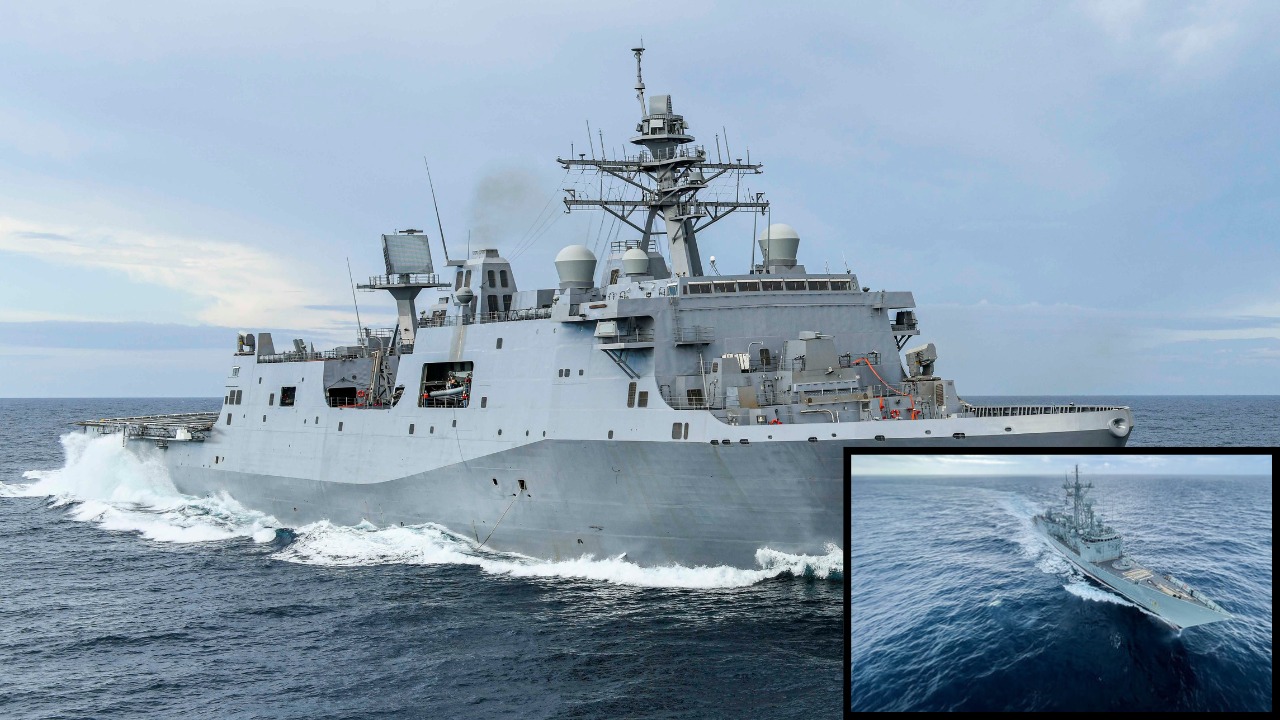 English
English

India plans to spend Rs 79,000 crore on cutting-edge military hardware. From autonomous strike systems to advanced missiles and naval torpedoes, the armed forces are gearing up for a major firepower upgrade. What’s coming next could redefine battlefield dynamics.

DAC held a meeting today under Rajnath Singh's chairmanship.
New Delhi: In a major boost to India’s military capabilities, the Defence Acquisition Council (DAC), chaired by Defence Minister Rajnath Singh, has approved procurement of military hardware worth Rs 79,000 crore for the three armed services. The move is aimed at enhancing firepower, operational readiness, and technological edge across the army, navy, and air force.
The DAC has given the green light for the acquisition of the Nag missile system on tracked vehicles, known as Mk-II NAMIS. Designed to destroy enemy combat vehicles, bunkers, and field fortifications, this advanced missile system is expected to significantly strengthen India’s ground offensive capabilities.
Uttarakhand launches training for aspiring Agniveers; Will it help youth secure defence jobs?
In addition, the council approved the purchase of Ground-Based Mobile ELINT Systems (GBMES), which will provide continuous electronic intelligence of enemy emitters and help in tactical decision-making. High-mobility vehicles with cranes, cleared for procurement, will enhance logistics support in challenging terrains, ensuring swift movement and supply to frontline troops.
“The induction of these systems will enhance the army’s operational flexibility and strike capability across diverse battlefields,” the government said in a statement.
The Indian Navy will see a significant upgrade with the inclusion of Landing Platform Docks (LPD), 30 mm naval surface guns, advanced lightweight torpedoes, electro-optical infrared search and track systems, and smart ammunition for the 76 mm super rapid gun mount.
LPDs will enable the navy to conduct joint amphibious operations with the army and air force, and can also be deployed for humanitarian assistance, disaster relief, and peacekeeping missions. The lightweight torpedoes, developed by DRDO’s Naval Science and Technological Laboratory, can target conventional, nuclear, and midget submarines, strengthening India’s anti-submarine warfare capabilities.
The 30 mm naval guns are expected to bolster the navy and coast guard’s ability to handle low-intensity maritime conflicts and anti-piracy operations effectively.
For the Indian Air Force, the DAC has approved the Collaborative Long Range Target Saturation/Destruction System (CLRTS/DS) along with other modernisation proposals. This sophisticated system can autonomously take off, navigate, detect, and deliver payloads in the mission area, significantly enhancing the air force’s operational reach and precision strike capabilities.
“The integration of these advanced systems will provide our air force with enhanced autonomy, accuracy, and battlefield dominance,” the statement added.
PM Modi, Starmer discuss boosting India-UK ties in defence, trade and education
This procurement move underscores India’s focus on modernising its armed forces with cutting-edge technology while ensuring readiness against conventional and emerging threats. With a combined investment of Rs 79,000 crore, the army, navy, and air force are expected to witness a significant transformation in mobility, intelligence, firepower, and operational efficiency.
Defence analysts note that these acquisitions not only enhance combat preparedness but also support indigenisation efforts, aligning with the government’s “Make in India” initiative in defence manufacturing.
This comprehensive upgrade reflects India’s commitment to maintaining a robust defence posture in a rapidly evolving security environment.
No related posts found.